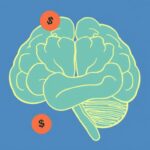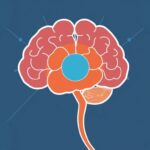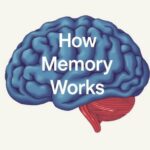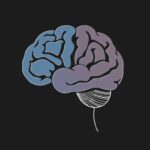Language is more than just a means of communication; it is a powerful tool that shapes how we perceive the world, form ideas, and even influence our emotions. Have you ever wondered why people who speak different languages sometimes think differently about the same situation? The way we use language influences not only what we say but also how we think—including how we categorize experiences, solve problems, and reflect on our identity. This fascinating connection between language and thought has captivated psychologists, linguists, and philosophers for decades. In this article, we will explore the complex and captivating ways language shapes our thoughts, blending research with everyday examples to bring this concept to life.
The Relationship Between Language and Thought
The idea that language shapes thought is not new, but it remains a subject of vigorous debate and study. Historically, the concept was popularized by the Sapir-Whorf hypothesis, named after two linguists, Edward Sapir and Benjamin Lee Whorf. They suggested that the structure of a language affects its speakers’ cognition and worldview. This hypothesis challenges the assumption that language is merely a label for pre-existing concepts, instead proposing that language fundamentally influences our perception and thought processes.
Think about color perception, for example. Some languages have numerous words for various shades of blue, while others use one word for blue and green. This difference in linguistic categorization can influence how speakers of these languages perceive colors. It doesn’t mean one group sees colors “better” than another, but their mental organization of color categories varies depending on linguistic distinctions.
How Language Influences Perception
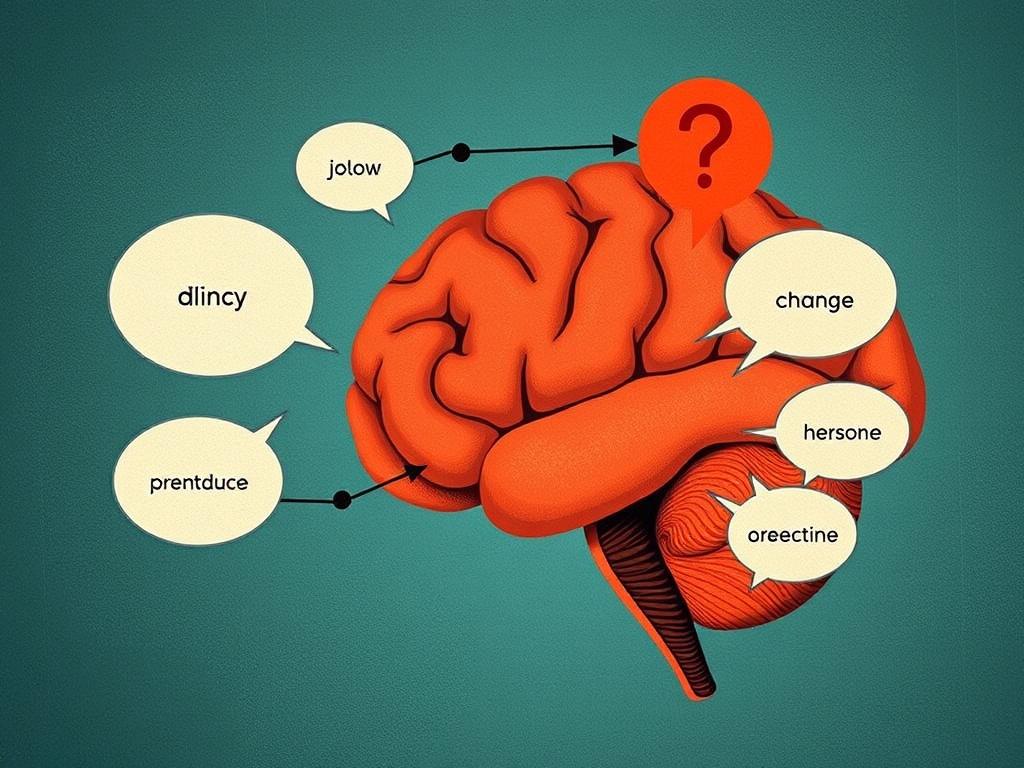
Our perception of time, space, and even relationships is closely intertwined with language. In some Indigenous Australian languages, like Guugu Yimithirr, speakers use cardinal directions (north, south, east, west) instead of left or right to describe spatial relations. This linguistic feature encourages speakers to stay constantly aware of their surroundings and geographical orientation, shaping a mental map that’s very different from speakers of languages without such spatial referencing.
Similarly, how we talk about time is affected by language. English speakers often visualize time as moving from left to right, reflecting our writing system, while other cultures may conceive of time as moving vertically or even from the future to the past. These linguistic differences reveal how language influences not just what we say about time but how we mentally organize it.
Language and Memory
Language also plays a key role in how we remember things. Research indicates that linguistic encoding affects memory recall. When you describe an event with detailed language, your memory for that event becomes more vivid and structured. Children who learn multiple languages often demonstrate enhanced memory skills, partly because switching between languages exercises cognitive flexibility.
Moreover, the vocabulary available in a language can change how easily people recall certain concepts. If your mother tongue has rich terminology around emotions, you may be better equipped to identify and remember subtle feelings compared to speakers of languages that have fewer emotional words.
The Impact of Bilingualism on Thought

One of the most exciting areas of research is how bilingualism affects cognition. People who speak more than one language often experience cognitive benefits such as improved problem-solving skills, creativity, and better executive functioning. This advantage arises because bilinguals regularly juggle multiple linguistic systems, which promotes mental flexibility.
Bilingual speakers frequently switch between languages in a single conversation, a process called “code-switching.” This ability doesn’t just involve linguistic skill; it reflects broader cognitive control, such as attention management and task switching. Bilingualism highlights the fluid relationship between language and thought, showing that our minds can adapt to varied linguistic environments in ways that impact cognition.
Examples of Linguistic Relativity Across Cultures
The concept of linguistic relativity—the idea that language affects thought—can be illustrated by numerous cross-cultural examples:
- Counting systems: Some Amazonian tribes use very limited numerical terms, such as “one,” “two,” and “many.” This restricts exact quantity recognition and influences how they approach counting and arithmetic.
- Gendered nouns: Languages like Spanish and German assign gender to nouns, which can influence how speakers think about objects. A study showed that German speakers tend to describe “bridge” with masculine adjectives because it is a masculine noun in German, whereas Spanish speakers use feminine adjectives for the same word.
- Emotion vocabulary: In some languages, distinct words exist for emotions that don’t have direct equivalents in English, affecting how speakers experience and express feelings.
These examples underscore that language isn’t just a neutral tool; it molds the subtle ways we process and understand our experiences.
Language’s Role in Shaping Our Identity and Culture
Language is intricately tied to identity and culture, influencing not just how we think, but how we view ourselves and relate to others. When people learn a new language, they often report a shift in perspective or personality—a phenomenon sometimes called “second language personality.” This suggests that different languages carry unique cultural frameworks and thought patterns that become internalized.
Cultural idioms and expressions embed values and historical context, shaping collective thought and memory. For example, proverbs often carry wisdom passed down through generations, influencing attitudes towards life, relationships, or moral questions. When language evolves, so does the cultural lens through which a community sees the world. Thus, language is more than words—it is a living repository of collective consciousness.
The Influence of Language on Emotional Expression
Our ability to express emotions is closely linked to the language we use. Languages vary widely in how they categorize and label feelings. Some cultures have richly nuanced emotional vocabularies, while others might emphasize communal feelings over individual emotions.
For instance, the Japanese word “amae” describes the pleasurable feeling of dependence on someone’s kindness—a concept that lacks a direct equivalent in English. This linguistic specificity shapes emotional awareness and how people relate to others within their cultural context.
The Neuroscience Behind Language and Thought
Modern neuroscience offers fascinating insights into how language influences thought. Brain imaging studies show that when people engage with language, multiple areas of the brain coordinate to process meaning, context, and emotion. Broca’s and Wernicke’s areas, traditionally associated with language production and comprehension, are parts of a more extensive network linking language with memory, perception, and executive functions.
Furthermore, language learning can physically change brain structures, enhancing neural connectivity. This rewiring impacts cognitive abilities such as attention, creativity, and problem-solving. These findings provide biological evidence supporting the intimate relationship between language and thought.
Table: Key Brain Areas Involved in Language and Thought
| Brain Area | Function | Role in Language and Thought |
|---|---|---|
| Broca’s Area | Language production | Forming coherent speech and sentences |
| Wernicke’s Area | Language comprehension | Understanding meaning and context |
| Prefrontal Cortex | Executive functions | Decision-making and problem-solving, influenced by linguistic reasoning |
| Hippocampus | Memory formation | Encoding and retrieving memories shaped by language |
Practical Implications: How Understanding This Connection Can Help Us
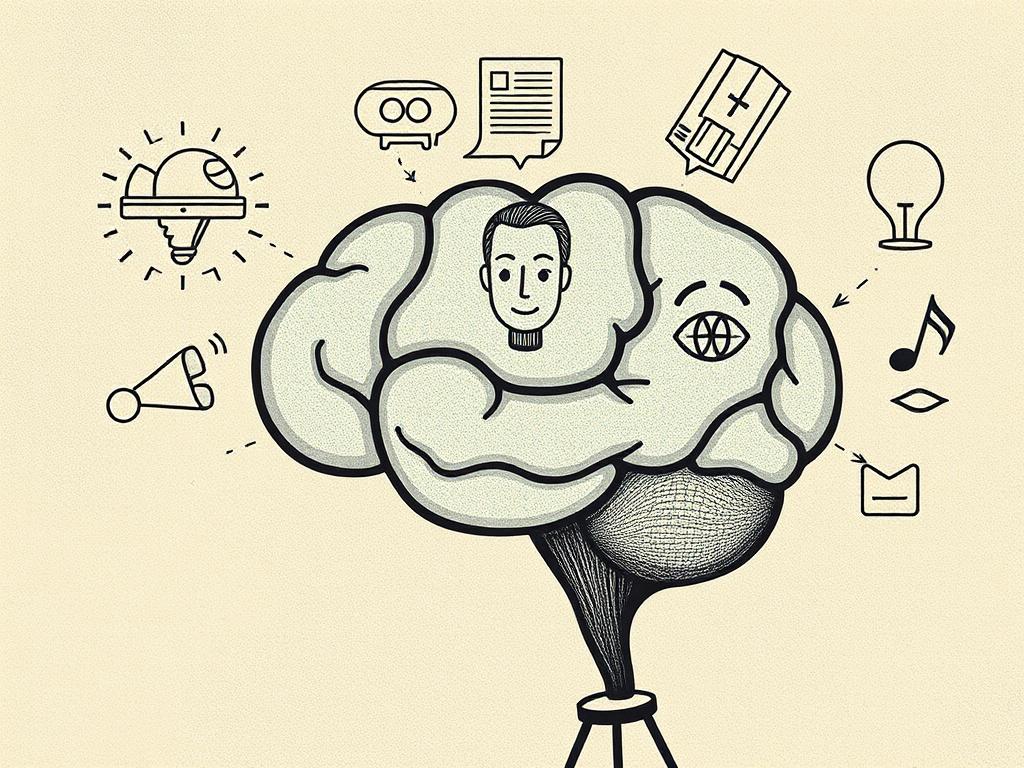
Recognizing how language shapes thought has practical applications in many areas of life. For educators, appreciating linguistic diversity enables more effective teaching strategies that build on how students conceptualize knowledge based on their native languages. In diplomacy and international relations, understanding language’s influence on worldview can improve cross-cultural communication and reduce misunderstandings.
Psychologists and therapists use this knowledge to explore how clients’ languages affect emotional processing and self-expression. It also informs the growing field of cognitive linguistics, which applies linguistic insights to artificial intelligence, human-computer interaction, and language translation.
Tips for Enhancing Thought Through Language
- Learn a new language: It broadens your cognitive flexibility and exposes you to alternative ways of thinking.
- Expand your vocabulary: Enrich your language to express subtler shades of ideas and emotions.
- Practice mindful communication: Pay attention to how language shapes your perceptions and challenge unhelpful mental frameworks.
- Explore linguistic relativity: Study how speakers of different languages think differently to deepen your understanding of human cognition.
Language Evolution and Its Impact on Thought Over Time
Language is not static—it evolves alongside society. New words emerge to describe new experiences, technologies, and cultural shifts, shaping collective thought anew with each generation. For example, the digital age has brought terms like “selfie,” “hashtag,” and “emoji,” influencing how we share identity and interact emotionally.
As words change meaning and new grammatical structures become common, the cognitive tools available to speakers also change. This dynamic interaction between language and thought highlights how our minds and cultures grow together through language.
Language, Thought, and Artificial Intelligence
The intersection of language and thought is also critical in developing artificial intelligence. Natural language processing (NLP) aims to help machines understand and generate human language, mimicking the nuanced way language shapes thought. As AI systems become more sophisticated, they open new possibilities for cross-linguistic understanding and even translation of thought patterns across cultures.
However, AI also reveals the complexity of human language, as meaning, context, and cultural nuance prove challenging to encode fully. This ongoing challenge underscores the profound connection between language and human cognition that is difficult to replicate artificially.
Conclusion
The connection between language and thought reveals the profound ways words influence our inner and outer worlds. Far from being a simple tool for communication, language shapes how we see reality, remember experiences, express emotions, and construct our identities. Whether through the subtle distinctions in vocabulary, the grammatical structures we use, or the cultural stories embedded in language, our thoughts echo the language we speak. Understanding this invisible, often unconscious relationship enriches our appreciation for human cognition and cultural diversity. As we become increasingly aware of how language molds thought, we gain the power to expand our minds by broadening our linguistic horizons—embracing new languages, words, and perspectives—and unlocking the infinite potential of human understanding.


